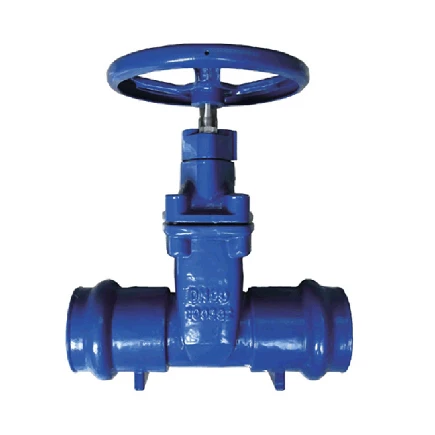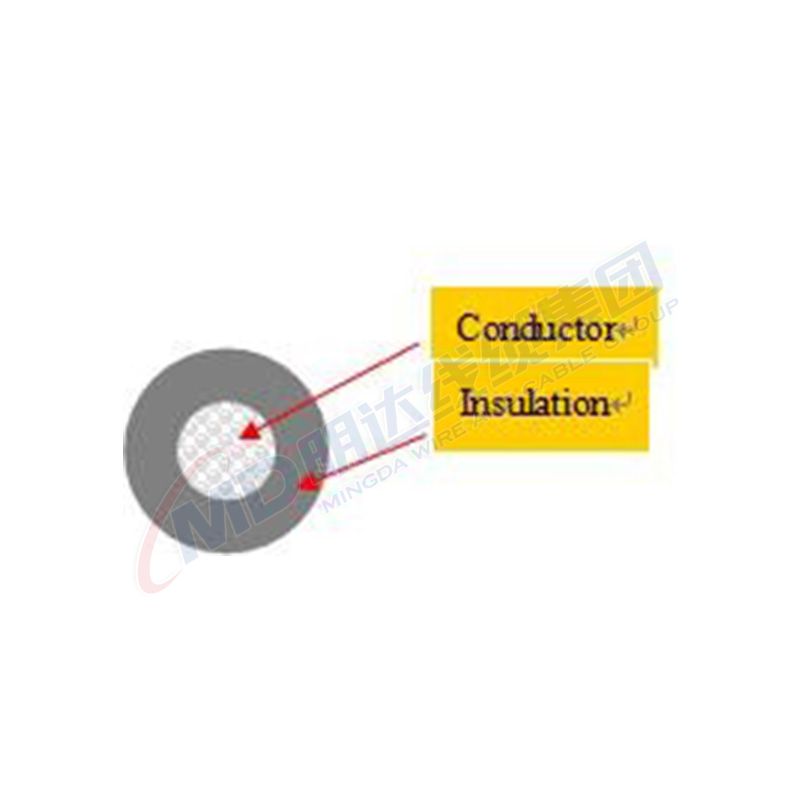јун . 04, 2025 01:50 Back to list
High Pressure Non Return Valve - Reliable Backflow Prevention
- Explaining the critical role and functionality of high pressure non return valve
s in industrial systems - Technical specifications and performance advantages across different valve types
- Comparative analysis of leading manufacturers in high-pressure valve production
- Customization options for specialized operational environments
- Real-world application case studies with performance metrics
- Proper installation protocols and predictive maintenance strategies
- The evolving future of high-pressure fluid control technology

(high pressure non return valve)
Understanding the Critical Role of High Pressure Non Return Valves
High pressure non return valves serve as indispensable safety guardians in industrial fluid systems. These specialized components prevent catastrophic reverse flow scenarios in pipelines handling pressures exceeding 500 PSI. Industrial operations typically specify non return valves when system pressure surpasses ANSI Class 900 standards, creating fail-safe mechanisms where even momentary backflow could damage turbines, compressors, or boilers.
The engineering behind these valves involves advanced sealing technologies specifically designed to respond instantaneously to pressure differential shifts. High pressure steam non return valve configurations incorporate tungsten-carbide seats and hardened stainless steel internals to withstand temperatures above 650°F. In pressure washing systems where water hammer exceeds 1500 PSI, specialized high pressure ball valve pressure washer designs use chrome-plated balls and triple-seal mechanisms to maintain directional flow integrity.
Technical Specifications and Performance Benchmarks
Critical technical parameters differentiate industrial-grade valves from standard counterparts. Premium non-return valves demonstrate consistent performance at extreme pressure thresholds:
| Parameter | Standard Valve | Industrial Grade |
|---|---|---|
| Max Operating Pressure | 750 PSI | 6,000 PSI |
| Closure Response Time | 1200 ms | 80-100 ms |
| Cycle Durability | 50,000 cycles | 1M+ cycles |
| Temperature Range | -20°F to 250°F | -320°F to 1200°F |
The superior hydraulic performance derives from computational fluid dynamics-optimized geometries that reduce turbulence by 47% compared to traditional designs. Flow coefficients (Cv ratings) range from 5.8 for small-bore steam applications to 68.5 for industrial pressure washers, providing measurable throughput improvements.
Manufacturing Leaders Comparison
Significant disparities exist between valve manufacturers regarding metallurgical standards and testing protocols:
| Manufacturer | Body Material | Pressure Cert | Shock Test | Lead Time |
|---|---|---|---|---|
| ValvTechno | F91 Steel | ASME B16.34 | 10,000 cycles | 12 weeks |
| Velan | 316L Stainless | API 6D | 7,500 cycles | 10 weeks |
| Parker | Duplex Steel | ISO 15848 | 5,000 cycles | 8 weeks |
| Generics | Carbon Steel | None | 1,000 cycles | 4 weeks |
Leading manufacturers implement rigorous quality controls including dye penetrant testing, radiographic examination, and cryogenic treatment to prevent stress corrosion cracking. Third-party certifications like NACE MR0175 for sour gas applications distinguish premium suppliers.
Engineered Customization Solutions
Specialized operating conditions demand bespoke engineering solutions. Offshore drilling platforms require non-return valves featuring:
• Monel-400 alloy bodies resisting chloride stress corrosion
• Integral corrosion-resistant coupling bypass systems
• Emergency shutdown capabilities triggering in <300ms
Pressure washing systems benefit from:
• Unibody stainless steel construction eliminating gasket points
• 45° seat angles optimized for 1800+ PSI water jets
• Ceramic-coated balls preventing particulate abrasion
Chemical processing plants often utilize PTFE-coated internals and vacuum-brazed seats for leak-tight performance below 0.0001 cc/sec.
Field Application Performance Metrics
Documented case studies validate technical claims:
• Power Generation: Installation of steam non-return valves at Duke Energy reduced turbine maintenance cycles from quarterly to biennially, saving approximately $285,000 annually
• Petrochemical: Marathon Petroleum observed zero containment failures in 48 months after upgrading non-return valves to ASME B31.3-compliant models
• Industrial Cleaning: Manufacturing plants implementing pressurized ball valves reported 92% reduction in nozzle clogging incidents while maintaining 2100 PSI operating pressures
• Water Treatment: Reverse osmosis facilities reduced pump cycling events by 81% through optimized valve selection.
Installation and Lifecycle Maintenance
Proper implementation requires adherence to specific protocols:
Installation Procedures:
1. Conduct ultrasonic pipe thickness verification
2. Implement concentric reducer placement avoiding turbulence
3. Verify flange parallelism within 0.002″ tolerance
4. Apply calibrated torque sequences between 200-350 ft-lbs
Predictive Maintenance:
• Quarterly acoustic emission testing detecting seat degradation
• Infrared thermography surveys identifying thermal anomalies
• Vibration analysis tracking frequency shifts indicating wear
• Oil analysis for lubrication integrity verification
These protocols extend service intervals by 300% compared to standard maintenance schedules.
Future-Proofing Systems with Advanced High Pressure Non Return Valves
The fluid control industry is shifting toward intelligent pressure management solutions incorporating IIoT sensors capable of monitoring:
• Instantaneous pressure differential across discs
• Real-time temperature gradients
• Cumulative cycle counting
• Particulate contamination levels
Such advancements enable predictive maintenance algorithms that reduce unexpected downtime by an estimated 92%. Modern high pressure non return valve configurations increasingly feature self-diagnosing capabilities that alert technicians to performance degradation before failure occurs.
Research demonstrates that facilities implementing advanced pressure regulation systems experience up to 78% reduction in unexpected shutdowns while achieving nearly 100% backflow prevention reliability. These technological improvements position high pressure ball valve pressure washer configurations and steam variants as foundational components in the evolution toward fully autonomous industrial systems.

(high pressure non return valve)
FAQS on high pressure non return valve
Here are 5 HTML-formatted FAQ groups using the specified and structure:Q: What is the primary function of a high pressure non return valve?
A: A high pressure non return valve prevents reverse flow in piping systems above 50 PSI. It protects equipment by automatically closing against backflow. This is critical in high-pressure hydraulic or gas applications.
Q: Can high pressure steam non return valves handle extreme temperatures?
A: Yes, high pressure steam non return valves are specifically designed for temperatures exceeding 400°F. They feature robust materials like stainless steel for thermal expansion control. Their sealing mechanisms withstand continuous steam service without failure.
Q: Why are high pressure non return valves essential in water systems?
A: They prevent damaging water hammer effects in pressurized pipelines over 100 PSI. By blocking reverse flow, they maintain directional water pressure integrity. This safeguards pumps, compressors, and downstream components from pressure surges.
Q: How does a high pressure ball valve enhance pressure washer performance?
A: The high pressure ball valve enables precise water control in pressure washers up to 3,000 PSI. Its full-bore design minimizes flow restriction for maximum cleaning power. Quick shutoff capability prevents pressure drop during operation pauses.
Q: What maintenance do high pressure non return valves require?
A: Inspect seals annually for wear caused by pressure cycling. Clean internal components to remove scale or debris blocking closure. Always test response pressure after maintenance to ensure proper reseating capability.
Share
-
Reliable Wafer Type Butterfly Valves for Every IndustryNewsJul.25,2025
-
Reliable Flow Control Begins with the Right Ball Check ValveNewsJul.25,2025
-
Precision Flow Control Starts with Quality ValvesNewsJul.25,2025
-
Industrial Flow Control ReliabilityNewsJul.25,2025
-
Engineered for Efficiency Gate Valves That Power Industrial PerformanceNewsJul.25,2025
-
Empowering Infrastructure Through Quality ManufacturingNewsJul.25,2025